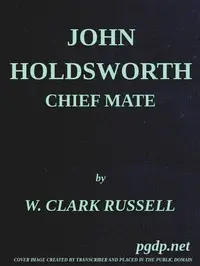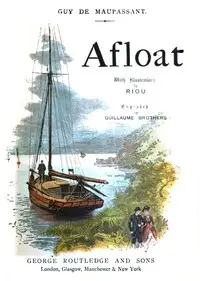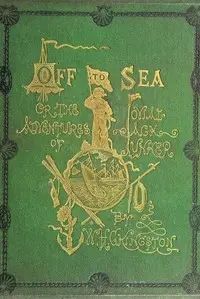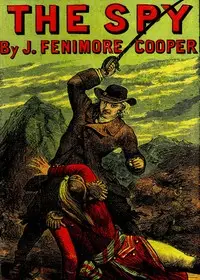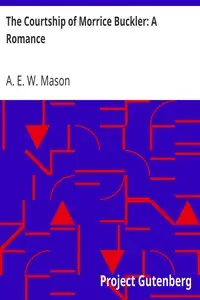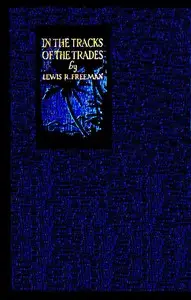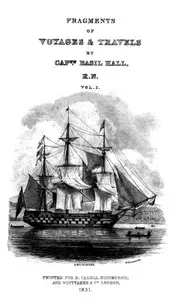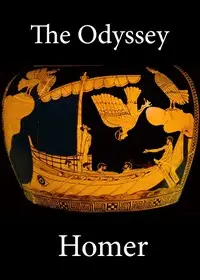"Afloat and Ashore: A Sea Tale" by James Fenimore Cooper is a story set in the early 1800s that follows Miles Wallingford, the main character, as he deals with the loss of his parents and figures out what he wants to do with his life. Growing up hearing stories of his father's time as a sailor during the American Revolution, Miles feels a strong connection to the sea. After his parents pass away, he struggles with the responsibilities of being an adult but also dreams of adventure. The book begins with a close look at Miles's childhood and his family's life on their farm, Clawbonny. Longing for a life on the water, he decides to leave home with his friend Rupert, heading off on exciting adventures at sea.

Afloat and Ashore: A Sea Tale
By James Fenimore Cooper
Driven by maritime heritage and haunted by lost love ones, a young man impulsively sails into the unknown, seeking adventure and his own destiny on the high seas.
Summary
About the AuthorJames Fenimore Cooper was an American writer of the first half of the 19th century, whose historical romances depicting colonial and indigenous characters from the 17th to the 19th centuries brought him fame and fortune. He lived much of his boyhood and his last fifteen years in Cooperstown, New York, which was founded by his father William Cooper on property that he owned. Cooper became a member of the Episcopal Church shortly before his death and contributed generously to it. He attended Yale University for three years, where he was a member of the Linonian Society.
James Fenimore Cooper was an American writer of the first half of the 19th century, whose historical romances depicting colonial and indigenous characters from the 17th to the 19th centuries brought him fame and fortune. He lived much of his boyhood and his last fifteen years in Cooperstown, New York, which was founded by his father William Cooper on property that he owned. Cooper became a member of the Episcopal Church shortly before his death and contributed generously to it. He attended Yale University for three years, where he was a member of the Linonian Society.

